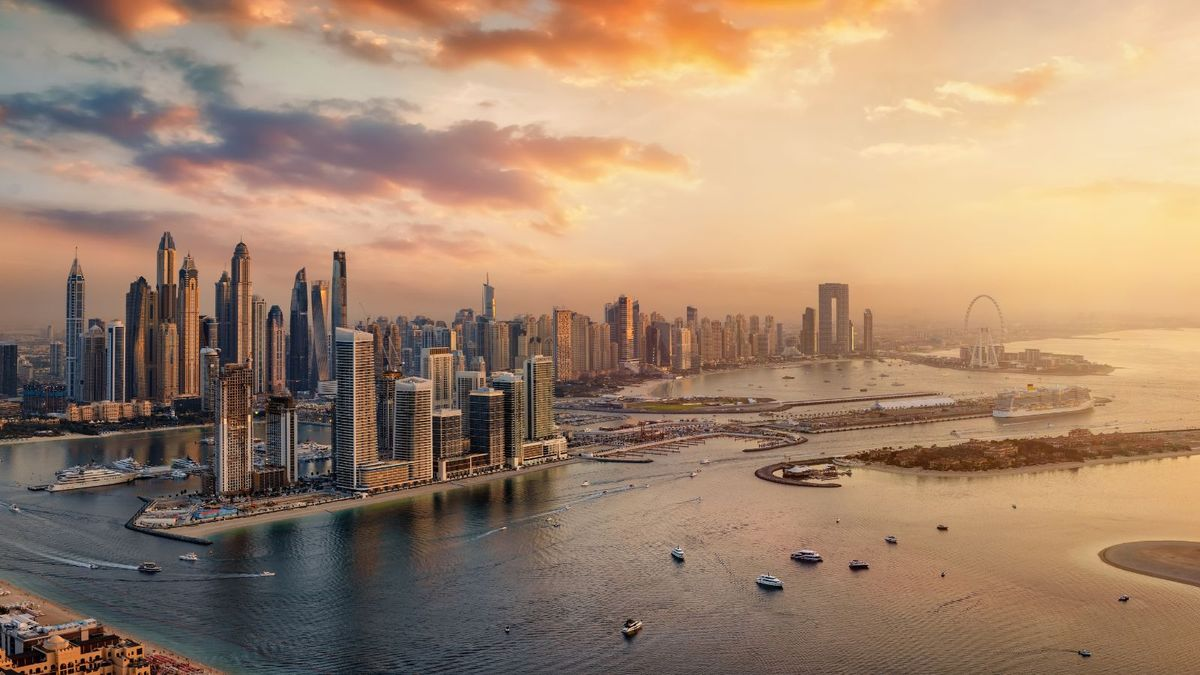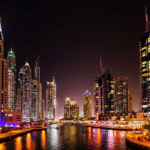Now Reading: Shocking Ways Climate Change Is Destroying Our Global Water Cycle 2025
-
01
Shocking Ways Climate Change Is Destroying Our Global Water Cycle 2025
Shocking Ways Climate Change Is Destroying Our Global Water Cycle 2025

Table of Contents
Climate change is no longer just about hotter summers or rising sea levels. It is also about something even more fundamental to life on Earth: water. The world’s water cycle — the natural system that moves water from the oceans to the air, then to the land, and back again — is being dramatically disrupted by global warming. These changes are causing stronger floods, deeper droughts, and threatening water security for millions of people.
Let’s break down how this is happening, and why it matters to everyone.
What Is the Water Cycle?

The water cycle, also called the hydrological cycle, is the process by which water circulates through the Earth’s systems. Here’s how it normally works:
- The sun heats the ocean, lakes, and rivers, causing water to evaporate into water vapor.
- This water vapor rises and cools, forming clouds through condensation.
- Clouds then release precipitation as rain or snow, returning water to the land.
- Some of this water runs into rivers, lakes, or groundwater, eventually flowing back to the ocean, completing the cycle.
This balance is crucial for everything — from growing crops to maintaining healthy forests and drinking water supplies.
How Climate Change Changes the Water Cycle
Global warming affects almost every part of this delicate cycle. Here are some key impacts:
More evaporation: Higher temperatures mean more heat, which leads to faster evaporation. This can dry out soils and leave plants thirsty, especially in already warm regions.
Intense rainfall: As warmer air holds more moisture, storms can become stronger and deliver heavier downpours. This increases the risk of flooding, landslides, and damage to homes and farmland.
Shifted weather patterns: Climate change alters wind and ocean currents, which means rainfall patterns shift. Some regions may get wetter, while others become drier.
Melting snow and ice: Glaciers and snowpacks are shrinking because of rising temperatures. These natural “water banks” usually release water slowly through the year. When they melt faster, it can cause sudden flooding, followed by water shortages later.
Groundwater stress: With less predictable rainfall and drier conditions, people rely more on groundwater. Over-pumping this precious resource is making aquifers run dry, adding even more pressure to the water crisis.
Real-World Examples of Water Cycle Disruption
All over the globe, we are already seeing climate change turn the water cycle upside down.
- In California, years of drought have been followed by record-breaking floods, as atmospheric rivers dump huge amounts of rain in short bursts.
- Pakistan suffered catastrophic flooding in 2022, made worse by heavier-than-usual monsoon rains, driven partly by a warmer atmosphere.
- The Horn of Africa is facing its worst drought in decades, leaving millions without water for drinking or farming.
- Europe is experiencing both severe droughts and flash floods, disrupting agriculture and drinking water supplies.
No country is immune, and scientists warn these extremes will only become more common if global warming continues unchecked.
How This Affects People and Nature
When the water cycle goes off balance, the consequences are huge:
Water scarcity: More droughts mean less water for drinking, sanitation, and growing food.
Food insecurity: Crops fail in droughts, and floods destroy harvests, making food more expensive or unavailable.
Health risks: Contaminated floodwaters spread diseases, while dry areas may face dust storms and polluted air.
Ecosystem collapse: Wetlands dry out, rivers stop flowing, and forests may die off, destroying habitats for countless species.
What Can Be Done?

While the situation is serious, there is still hope. Experts suggest:
Cutting greenhouse gases: Slowing climate change means less disruption to the water cycle. Moving away from fossil fuels is key.
Protecting water resources: Building better infrastructure for rainwater harvesting, improving irrigation, and fixing leaky pipes can help communities adapt.
Early warning systems: Better weather prediction can help communities prepare for floods or droughts before disaster strikes.
Restoring ecosystems: Healthy wetlands, forests, and rivers naturally regulate water flow and absorb carbon dioxide, offering a double benefit.
The Road Ahead
Scientists agree that we need to limit global warming to avoid the worst impacts on our water cycle. This means countries must stick to climate agreements like the Paris Accord and invest in clean energy, while also preparing their communities for stronger storms and longer droughts.
Individuals can help, too, by saving water, reducing waste, and supporting climate-friendly policies.
Because in the end, the water cycle is not something distant or abstract. It is the lifeline of every person, animal, and plant on this planet. When climate change throws it out of balance, the consequences ripple across everything we depend on.
By understanding these threats — and acting on them — we can protect our precious water resources for future generations.
Read More:- Shobha Realty Launches Its Most Luxurious Project Yet—Full Details Inside 2025






















